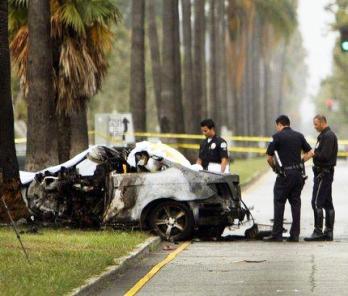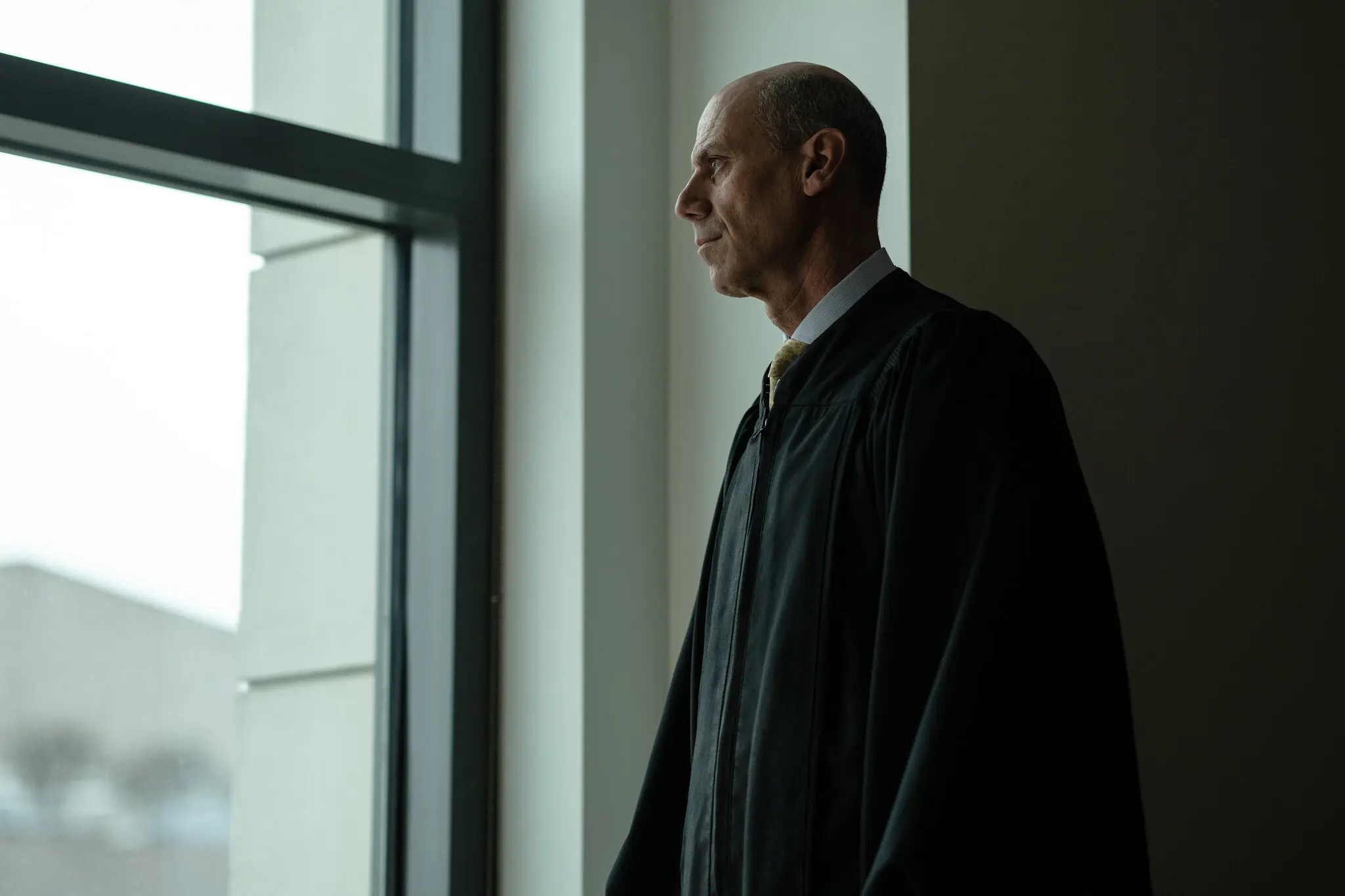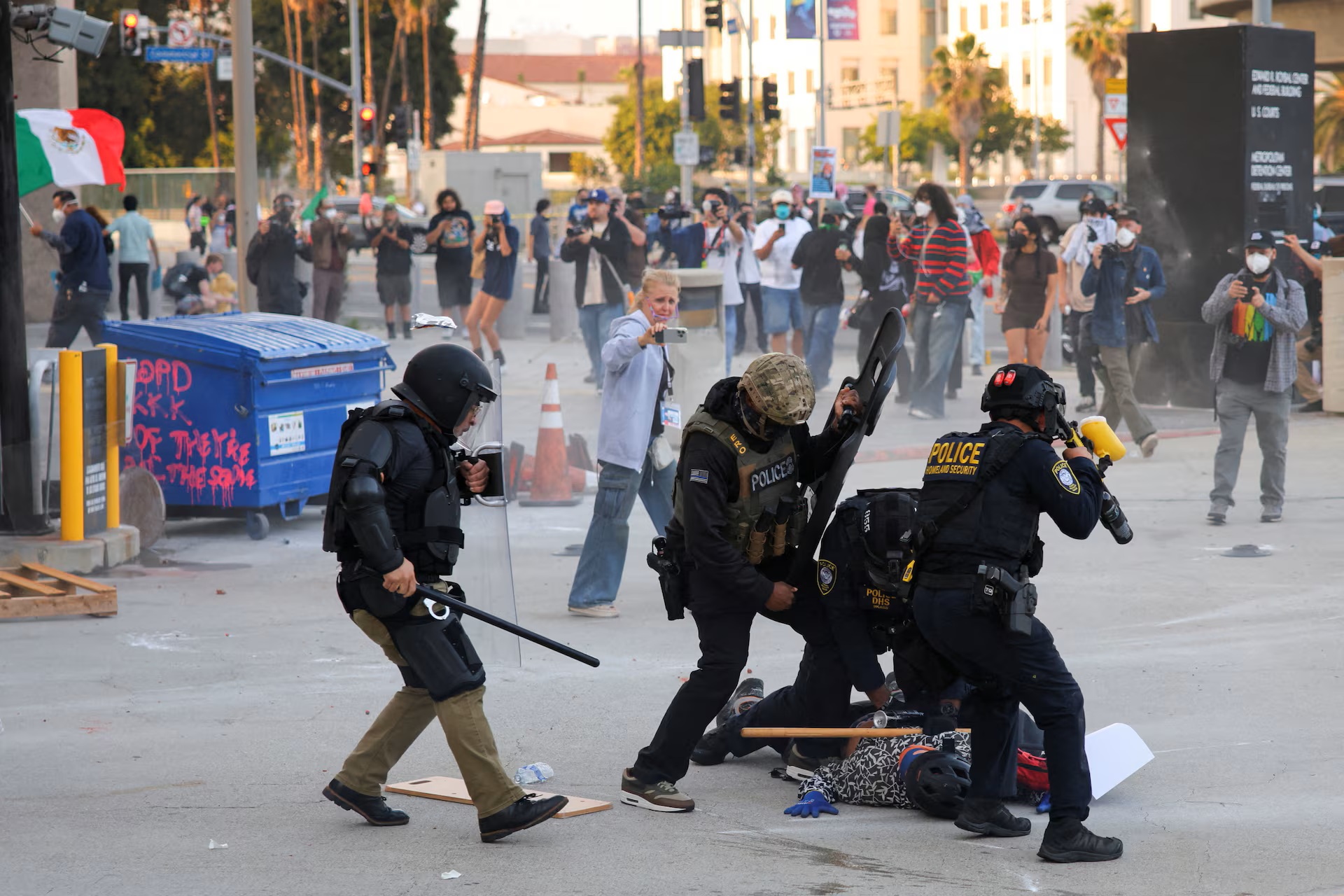Early in All the President’s Men – a film that follows Washington Post reporters Bob Woodward and Carl Bernstein track down and piece together the 1972 Watergate scandal – there’s a moment where editor Harry Rosenfeld is listening to Woodward read through a list of the five men caught in the break-in at the Watergate complex. When Woodward mentions that one of the men arrested admits to being a former CIA operative, Rosenfeld asks, “Any proof they were trying to bug the National Democratic chairman?”
Bernstein jumps in to press his own theory. “I just think it’s obvious that with all that money and equipment that they weren’t working by themselves. Somebody hired them…”
“I’m not interested in what you think is obvious,” Rosenfeld snaps, “I’m interested in what you know.”

Immediately following the death of journalist Michael Hastings, the Internet went into a hyper-drive of speculation, fueled in part, by Hastings’ e-mail to friends that “the FBI are talking to my staff” and “I am working on a big story on the CIA.” Hastings suggested that he was fearful and warned colleagues of the FBI.
Due to the suspicious nature of Hastings’ crash, a reader asked,“Do devices exist that jam the accelerator down, nullify the brakes and then blow-up the car?”
“Yes,” he answers, pointing to a New York Times article from March 9, 2011. “With a modest amount of expertise, computer hackers could gain remote access to someone’s car — just as they do to people’s personal computers — and take over the vehicle’s basic functions, including control of its engine…”
The reader also quotes from a story in The Huffington Post (updated June 26) where “Former U.S. National Coordinator for Security, Infrastructure Protection, and Counter-terrorism Richard Clarke told The Huffington Post that what is known about the single-vehicle crash is ‘consistent with a car cyber attack.’
“Clarke said, ‘There is reason to believe that intelligence agencies for major powers’ – including the United States – know how to remotely seize control of a car… So if there were a cyber attack on the car – and I’m not saying there was,’ Clarke added, ‘I think whoever did it, would probably get away with it.’ ”
Despite the fact that Clark clearly qualifies his statement – “I’m not saying [that Hastings car was hacked]” – conspiracy theorists now had their ‘smoking gun.’
On August 6, Hastings widow, Elise Jordan, was interviewed by CNN’s Piers Morgan. When Morgan asks if she believes any of the conspiracy theories regarding her husband’s death, Jordan responds, “I have no doubt that he was pursuing a hot story. He always had at least five hot stories going. That was Michael. Right now, the L.A.P.D. still has an active investigation. I really don’t have anything to add. My gut here is that it was just a really tragic accident…”
Jordan also points to the fact that Hastings was the kind of investigative reporter “who loved to challenge conventional wisdom,” and that became yet another driver of the conspiracy into his death: his car was hacked because he was close to revealing some clandestine, government overreach that Americans would be shocked to learn about.
While this makes good copy for media and bloggers alike, the majority of media dropped the story because no credible case has yet been made supporting such a conspiracy.
One reporter, however, believes otherwise.
Kimberly Dvorak is a freelance National Security investigative journalist based in San Diego. Working for San Diego 6, a CW affiliate television network, Dvorak has been working the Hastings story believing that all of the loose threads lead to one conclusion: Hastings death was the result of murder, not accident. Dvorak’s ‘smoking gun’: “[Hastings] e-mail was posted on WikiLeaks and alleged that then Obama counter-terrorism Czar [John] Brennan, was in charge of the government’s continued crackdown or witch-hunt on investigative journalists.”
Nevertheless, reading Dvorak’s (updated August 22) report, I discovered an omission: “This week Elise Jordan, wife of famed journalist Michael Hastings, who recently died under suspicious circumstances, corroborated this reporter’s sources that CIA Director John Brennan was Hastings next exposé project.”
While Dvorak references the Jordan interview, she neglects to mention that Jordan herself believes Hastings’ death to be a “tragic accident.”
Reading this caused me to question other information in the reporter’s story. Additional research led me to an article by Gavin Aronson.
Writing for Mother Jones magazine (Aug. 16), Aronson says, “The Los Angeles Police Department has ruled out foul play in journalist Michael Hastings’ fatal car crash two months ago… but several media outlets are continuing to promote conspiracy theories… partly because of ongoing reporting by freelance blogger Kimberly Dvorak…”
I encourage all to read the Aronson story. The writer links his conclusions to sources that essentially debunk most, if not all, of Dvorak’s reporting.
One example: “[Dvorak] claimed on air that the engine of Hastings’ Mercedes C250 coupe had been found behind the crash site, which would have been impossible with the forward velocity of an ordinary accident. The engine was found in front of the crash site. Her suggestion that a grainy video of the crash showed evidence of a ‘pre-explosion’ sabotage has been dismissed by car experts. She has also reported that the intensity of the resulting fire might suggest the use of thermite accelerants – a popular theory among 9/11 truthers who believe thermite was used to melt the World Trade Center towers’ steel columns.”
I watched the video where Dvorak makes her case for ‘pre-explosion’ sabotage, and frankly, I couldn’t accurately describe what I was looking at without the help of an expert. Apparently, Dvorak can.
“She hasn’t ruled out the possibility that the ‘stars could have aligned,’ ” Aronson writes, “and resulted in a tragic accident. But she says she remains suspicious that Hastings may have ‘faked his death’ or been assassinated.”
Conclusions –
After receiving an e-mail from a regular reader to this site, I spent 4 weeks researching this story during my August recess. I read at least 80-plus story links. I checked statements made for and against all kinds of theories. In the end, I kept coming back to the words of Washington Post editor Harry Rosenfeld: “I’m not interested in what you think… I’m interested in what you know.”
Here’s what we know: Sometime before 5 a.m. on the morning of June 18, journalist Michael Hastings died of traumatic injuries as a result of a high-speed automobile crash in Los Angeles.
According to reports by The Los Angeles Times, FOX News,The Hollywood Reporter, Mother Jones, Politico, Glenn Beck’s The Blaze, even Alex Jones’ Infowars: “Coroner’s officials said Hastings had traces of amphetamine in his system, consistent with possible intake of methamphetamine many hours before death, as well as marijuana. Neither were considered a factor in the crash, according to toxicology reports.
“The cause of death was massive blunt force trauma consistent with a high-speed crash. He likely died within seconds, the report said.
“Hastings had arrived in Los Angeles from New York the day before the accident, with his brother scheduled to arrive later the day of the crash ‘as his family was attempting to get [Hastings] to go to detox,’ the report stated.
“Hastings was believed sober for 14 years, but had recently begun using drugs again in the past month or so, according to the coroner’s office, based on interviews with family members.”
Final Thoughts –
We live in a world where information is literally at the fingertips of anyone with access to the Internet. Sadly, we also live in a world where rumor sometimes trumps reason and conspiracy theories become coin of the realm.
Unless someone comes forward with verifiable, concrete evidence that changes what we know, Michael Hastings death, while tragic, was an accident.
Comments










